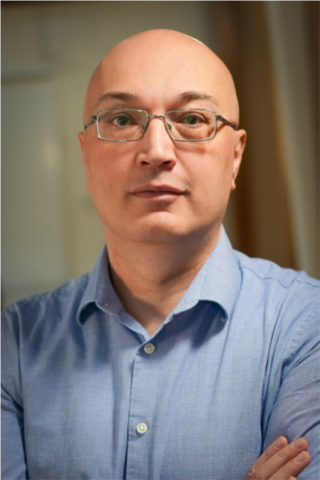Research interests: quantum computation; superconducting circuits; microwave photons
Biography
Lupascu joined the University of Waterloo in 2010. His research addresses quantum effects in solid state nano-devices, in particular superconductors. These systems have an important potential for applications in quantum information processing. In addition they provide a testbed for fundamental studies of light-matter interaction and quantum detection.
Lupascu obtained his PhD from Delft University of Technology, the Netherlands. His research, done in the Kavli Institute for Nanoscience in the period 2000-2005, focused on experiments with superconducting quantum bits, in particular on the state measurement of such quantum bits. This research established the so-called dispersive readout techniques for qubits and led to the first demonstration of a quantum non-demolition type of measurement for a solid-state qubit. From 2006 to 2009, Lupascu was a postdoctoral researcher at Ecole Normale Supérieure Paris, supported by a Marie Curie fellowship. His research addressed the cooling and trapping of neutral atoms using magnetic traps based on superconductors, a field which brings together atomic and solid state physics. Lupascu also worked on the design and implementation of fast and efficient electron detectors for cryogenic atomic physics experiments, based on a superconducting nanowires.
Education
- PhD, Delft University of Technology, The Netherlands, 2005
- BSc, University of Bucharest, Romania, 2000
